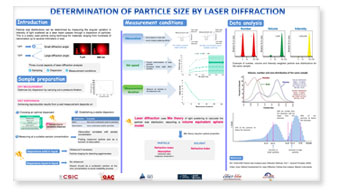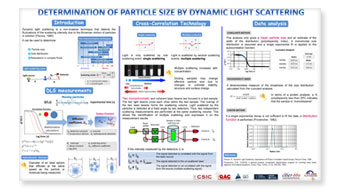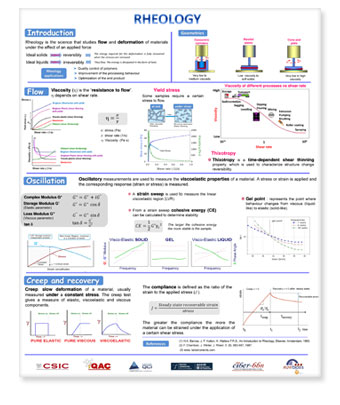U14-S01. Cell cultures (Onsite&Remote) OUTSTANDING
Isolation and expansión of mesenchymal stem cells; viability assays and cytotoxicity, porcine mesenchymal stem cells (isolated from adipose tissue, bone marrow and synovial fluid) for preclinical trials. Murine mesenchymal stem (isolated from adipose and bone marrow).











